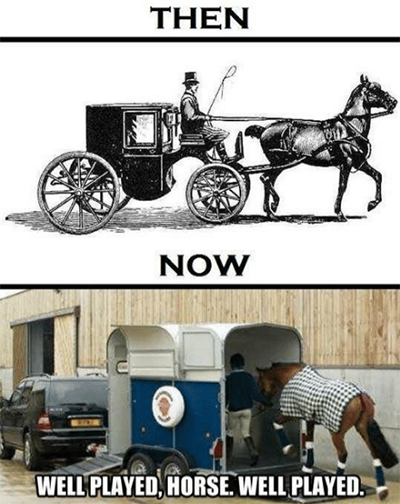The Unique History of Horses and Humans
There is a huge history between humans and horses spanning back to when they were first domesticated around 6000 years ago.
Nearly every breed of horse all over the world is currently, or has previously been, domesticated; there is only one breed left that is truly ‘wild’, and which can be found in Mongolia.
Seemingly ‘wild’ horses like the Australian Brumby are considered feral horses as they are descended from domesticated horses that strayed, escaped, or were deliberately released into the wild.

For thousands of years, horses have been integral to society in a variety of ways such as use in farming, travel, warfare, entertainment and sport.
The presence or absence of horses in an area actually affects the genetic diversity of the people living in that area. Populations in areas with an abundance of horses have less diversity in their genes than those where horses are scarce, as having horses for travel means people are less isolated.
In the last 100 years alone, the use of horses has drastically changed from uses as a tool in war, in agriculture pulling machinery, and later in travel pulling carriages, to in modern times being kept as pets or used in competitive horse sports.
Did You Know?
Horses are actually responsible for the side of the road we drive on!
Most of Europe originally drove/rode on the left-hand side of the road in the times of chariots and sword fights so they could hold their weapon in their right hand should they happen upon an oncoming enemy.
Europe started switching over to driving on the right side of the road as horse-drawn carriages and wagons became popular. When driving a wagon it made sense to sit on the left side so you can easily use the whip in your right to drive the horses. There are only a few countries such as Great Britain and Japan that held on to the left-hand side driving tradition from the middle ages which is why in Australia, a former colony of Great Britain, we drive on the left.

